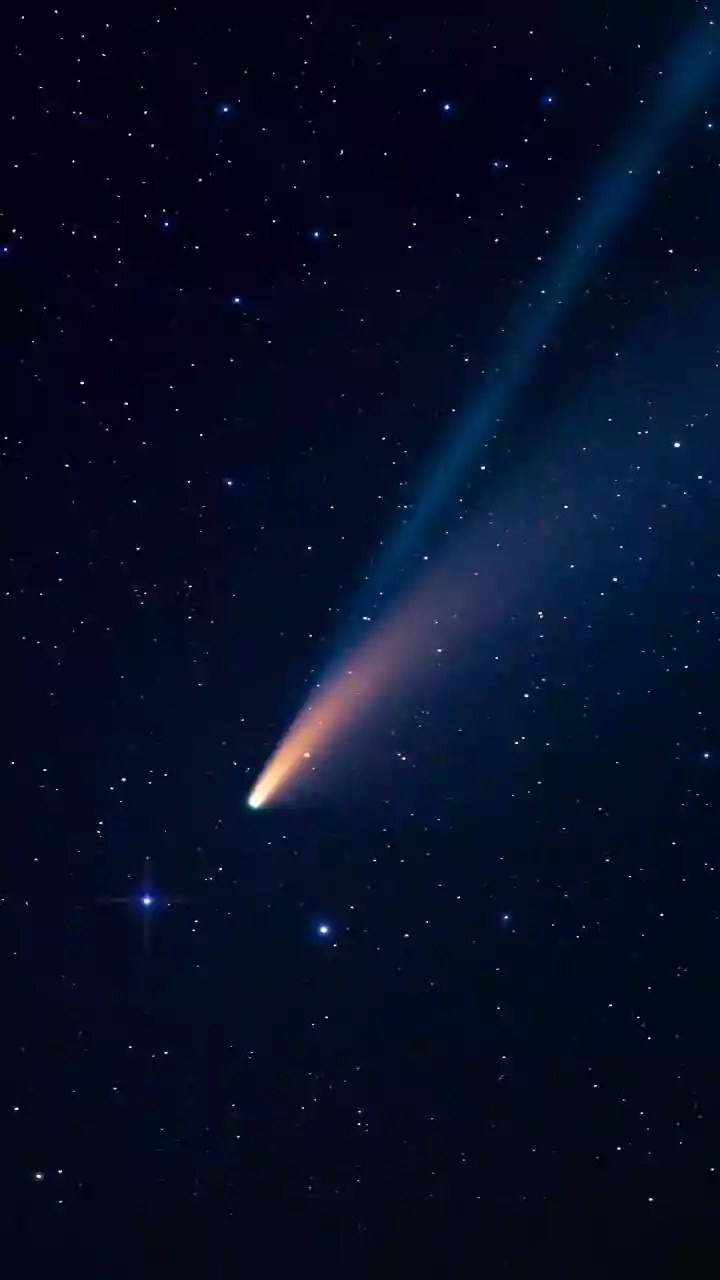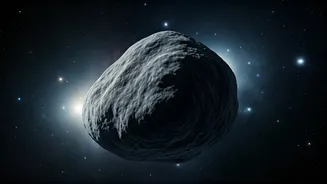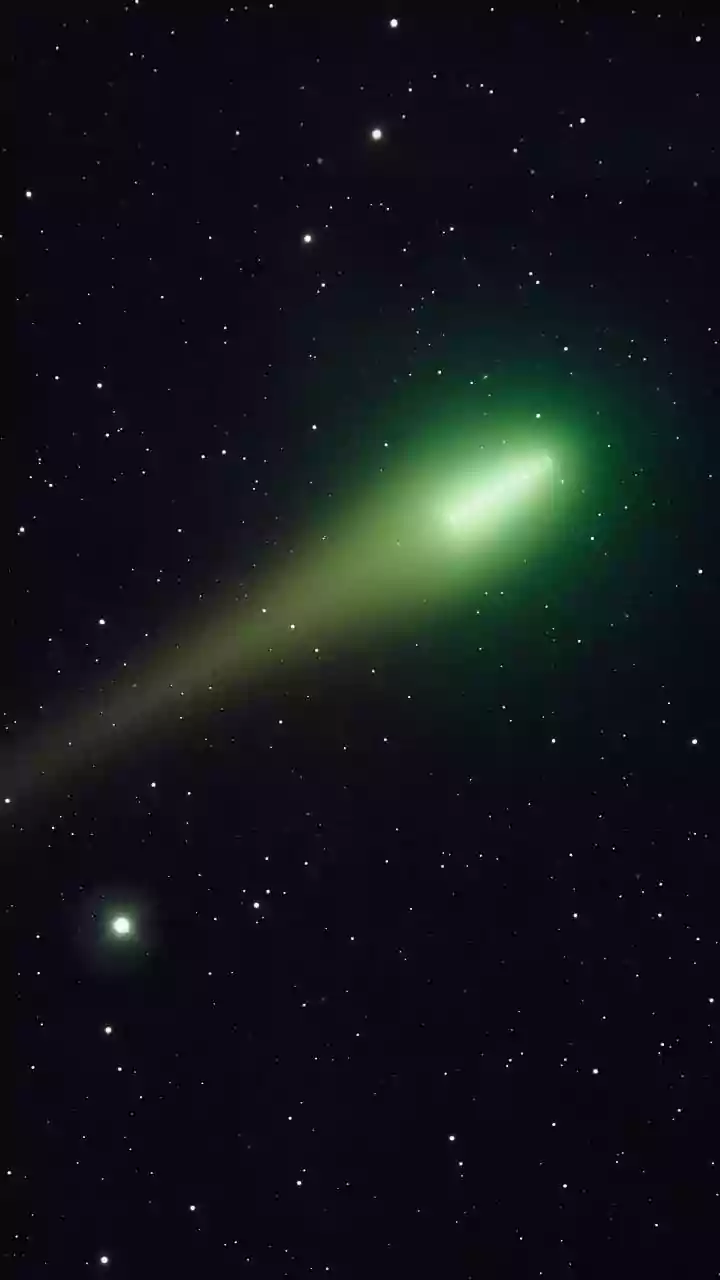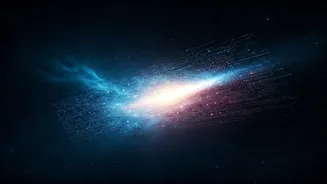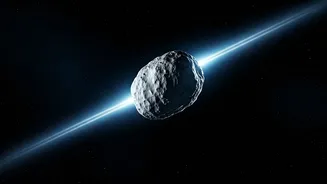Discovery and Nature
The fascinating entity known as 3I/ATLAS is a rare interstellar visitor that has captured the attention of scientists and space enthusiasts alike. This
object, formally designated as 3I/ATLAS, holds a unique position in space, originating from beyond our solar system. The 'I' in its name highlights its interstellar origin, distinguishing it from objects born within our own cosmic neighborhood. The ATLAS component refers to the Asteroid Terrestrial-impact Last Alert System, the survey project that first noticed this intriguing object. This discovery underscores the importance of ongoing astronomical surveys in identifying and understanding celestial phenomena. The impending approach of 3I/ATLAS towards Earth in 2025 has created a sense of anticipation and a renewed focus on the study of interstellar objects, enhancing our understanding of the universe beyond our solar system and the processes shaping its evolution.
Scientific Perspective
From a scientific standpoint, the upcoming approach of 3I/ATLAS is a noteworthy event, offering a valuable chance to gather detailed data on an interstellar object. Scientists are eager to study its composition, trajectory, and any potential effects it may have on our solar system. The opportunity to analyze a body that has traversed interstellar space is particularly significant. Such analysis can provide vital insights into the formation, composition, and evolution of planetary systems beyond our own. Advanced telescopes and research facilities are poised to observe 3I/ATLAS as it approaches, gathering information on its size, shape, and even the presence of any unusual elements. These observations will offer crucial data for refining our cosmological models and improving our comprehension of the vast universe and the various celestial objects it contains. The event acts as a rare occurrence in space exploration, offering the potential to learn more about the structure of the cosmos.
Nostradamus Predictions
The imminent arrival of 3I/ATLAS has also prompted speculation that links it to the prophecies of Nostradamus. Nostradamus, a renowned 16th-century seer, is famous for his predictions, which have captivated people for centuries. It's important to remember that such interpretations are speculative. Enthusiasts and interpreters have sought parallels between Nostradamus's predictions and the scientific observations of 3I/ATLAS's trajectory. Interpretations of his writings, particularly those relating to celestial events and planetary changes, are being considered in this context. While these associations are intriguing, it's essential to remember that Nostradamus's prophecies are open to interpretation and can be interpreted in a variety of ways. Without concrete proof, it is vital to approach these links carefully, separating scientific data from speculation to grasp the true essence of this interstellar event.
Looking Ahead
As 3I/ATLAS approaches Earth in 2025, scientific and public interest is set to rise. Both scientists and the public will be waiting to see the object. While there's a strong emphasis on observational data and scientific investigation, it's also clear that the event will continue to fascinate those interested in prophecy and speculative interpretations. Whether as an item of scientific study or a subject of prophetic fascination, the appearance of 3I/ATLAS reminds us of the grandeur of the cosmos and the wide-ranging methods we use to understand it. The event presents an opportunity to delve into the depths of scientific inquiry while also considering the cultural and historical interpretations that arise from such events. This unique confluence of science and speculation highlights the importance of keeping an open mind and using multiple viewpoints to address the mysteries that space offers.



